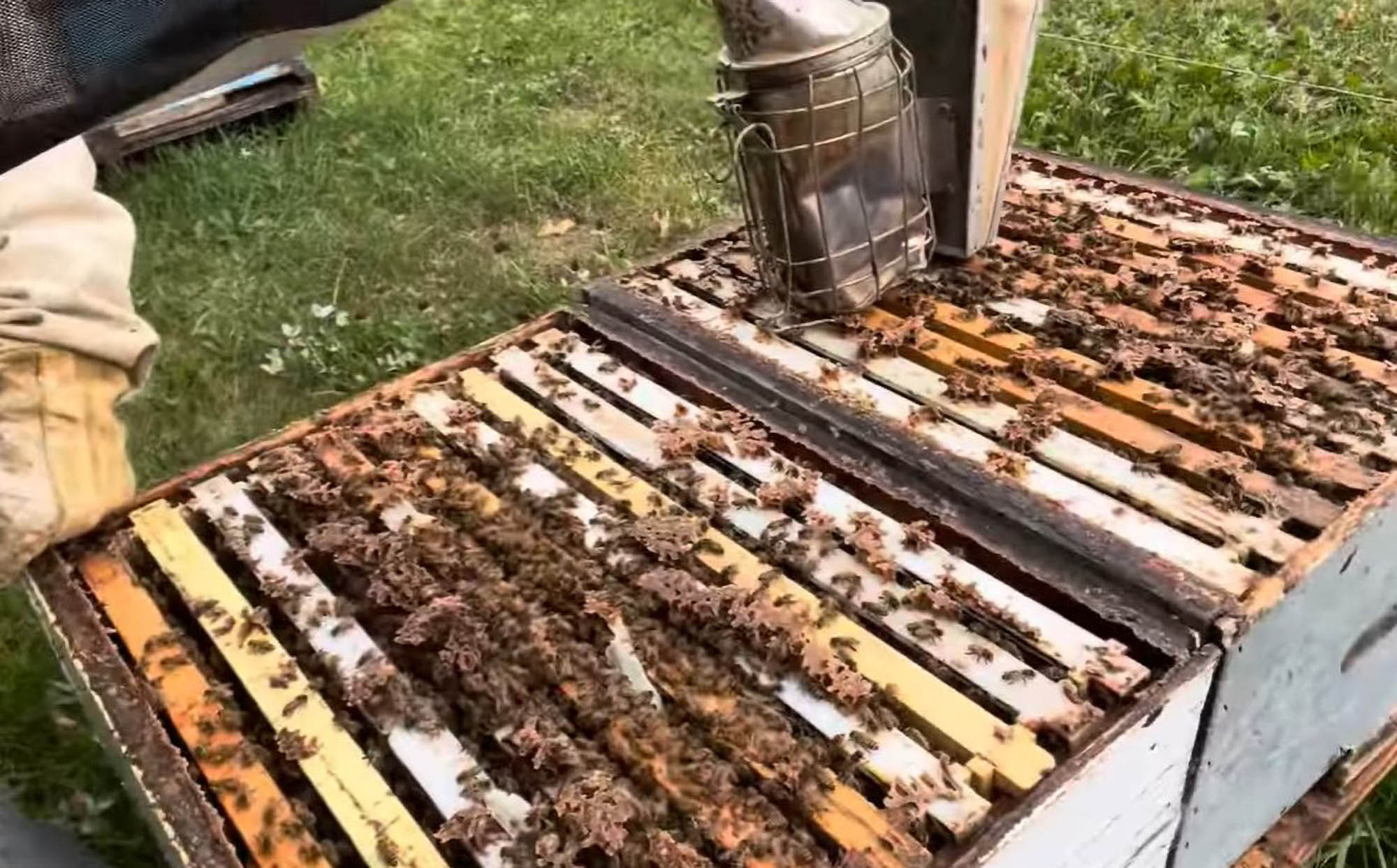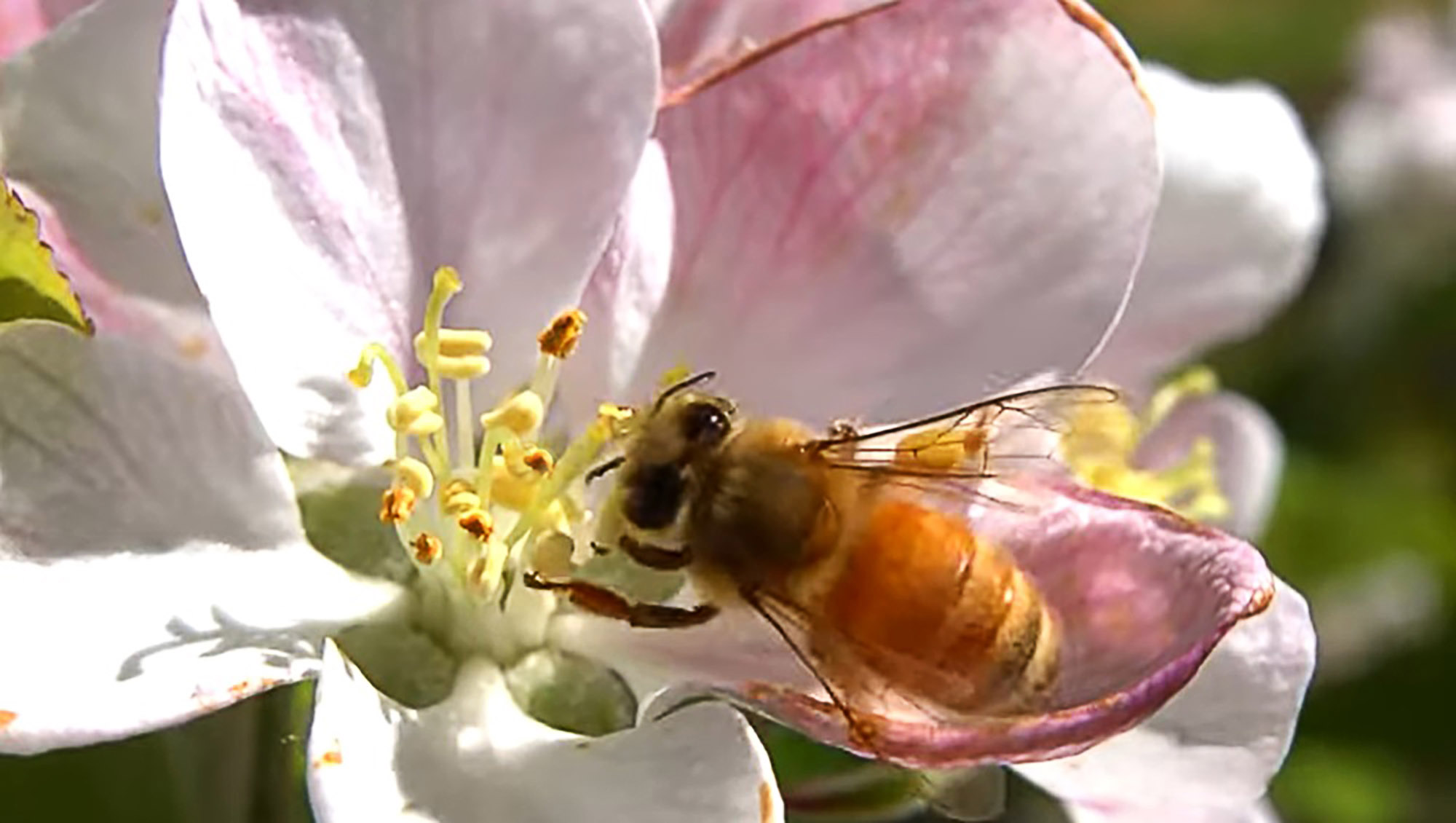Rising temperatures have a substantial effect on the size of wild bees, a long-term survey by researchers in Spain has shown.
A team of scientists headed by Seville-based ecologist Prof Carlos M. Herrera examined the condition of undomesticated pollinators at the Sierras de Cazorla National Park in the southern province of Jaén.
Between 1990 and 2023, the experts evaluated the development of more than 1,700 individual bees of 137 different species. Their investigation shows that some pollinators are affected by a proportional annual body size loss of up to 0.9 per cent.

Large species and bees that build their nests in cavities were found to be worse affected than smaller types and ground-nesting species.
The researchers focused on wild bee populations at an altitude of 740 to 1,988 metres (2,724 to 6,522 feet). The annual mean daily maximum temperature in the area rose by 0.069 degrees centigrade per year between 2000 and 2020.
Prof Herrera said: “For keystone pollinators such as wild bees, body shrinking in response to warming can have significant effects on pollination processes.”
He emphasised there was still “little direct evidence of the phenomenon” as numerous factors such as wildfires, invasive plants and the presence of honeybee colonies had to be taken into consideration.
This is why the ecologist and his colleagues decided to evaluate the condition of wild bees, which are vital to ecosystems due to their intense pollinating engagement, in a national reserve.

Prof Herrera concluded: “This paper assesses the shrinking effect in a community of solitary bees from well-preserved habitats in the core of a large nature reserve experiencing climatic warming without disturbances or habitat changes.”











